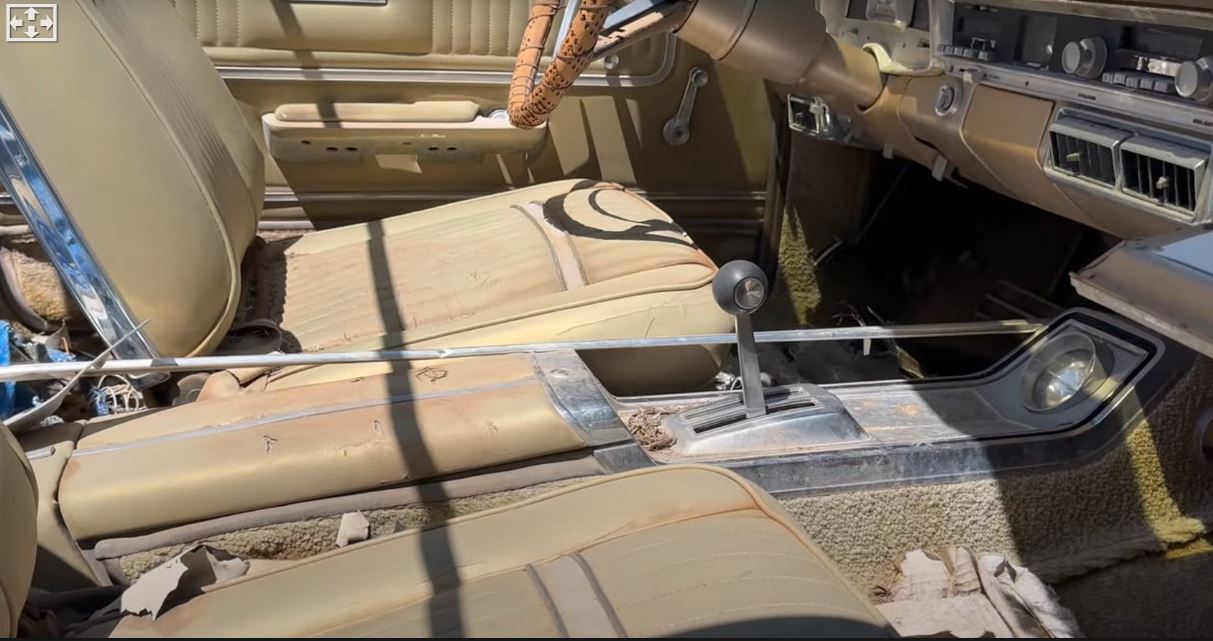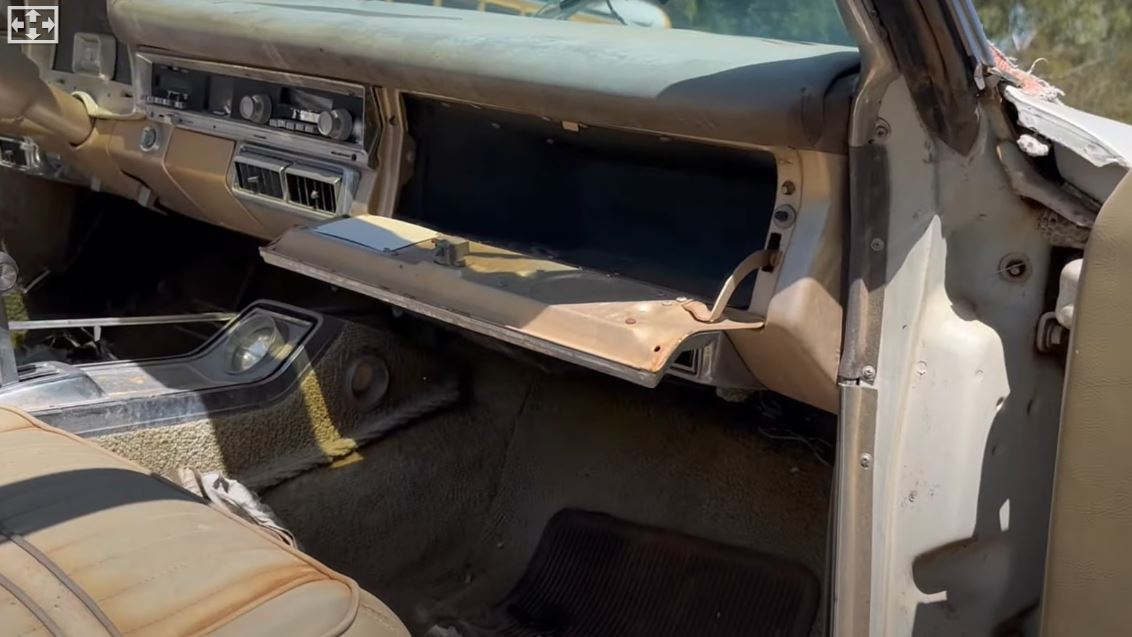First introduced as a sub-series of the Plymouth Belvedere, the Fury became a stand-alone nameplate in 1959. The badge remained in use through 1978 and then returned as the Gran Fury from 1980 to 1989.
Unlike most long-running nameplates from the era, the Fury switched between the full-size and intermediate segments quite a few times. The nameplate is mostly famous for the late-1950s full-size rigs (due to the “Christine” film) and the Wedge-powered variants of 1962-1964 that helped kickstart the muscle car era.
When Plymouth redesigned the Belvedere for the 1965 model year, the Fury was reinstated as a full-size rig. And while the Belvedere went on to spawn iconic nameplates like the Satellite, Road Runner, and GTX, the Fury soldiered on as a bread-and-butter full-size vehicle without notable achievements on the high-performance front.
That’s not to say that the mid-to-late-1960s Fury is not a cool Mopar, but the lack of a optional 426-cubic-inch (7.0-liter) HEMI and 440-cubic-inch (7.2-liter) Six-Barrel engines makes it significantly less desirable compared to the midsize Plymouths of the era. And as a result, many Furys are still rotting away in junkyards and barns as of this writing.
YouTube’s “Old Skool Rides” recently rescued a pair of fourth-generation Sport Fury cars that had been sitting for decades. Our host was actually looking for parts when he stumbled across a couple of solid examples from the 1965 and 1967 model years. Seeing how both vehicles seemed too nice to part out, he decided to buy them. And he got the surprise of a lifetime after dragging the 1965 version from the bushes and onto the trailer.
A plain white convertible at first glance, the Sport Fury turned out to be a rare Indianapolis 500 Pace Car when the owner showed up with the paperwork. In addition to the title, the buyer also got a card that says “Official Pace Car Indianapolis 500 1965.” Originally placed in the glovebox, the card was taken out of the car for safekeeping and looks pristine.
The seller also confirmed that she and her husband paraded the Mopar at the 1965 Indy 500 race. Why is the drop-top miss ing the decals on the doors and the upper rear fenders? Well, the Sport Fury was repainted before the owners parked it in the yard. The old white paint is visible in places.
There’s no word about how long it’s been parked, but the Plymouth sat long enough for the Arizona sun to ruin the soft top. On the flip side, everything else appears to be in decent shape. While the paint is weathered, the body is straight, and all the chrome trim is still with the car. The tan interior is obviously damaged, but the floors appear to be in one piece, and the upholstery isn’t too far gone. This vehicle could be revived and driven as a survivor with some work.
Our host didn’t open the hood, but the bay should house a 383-cubic-inch (6.3-liter) big-block V8 (as suggested by the fender badges and the ornament atop the hood). These pace cars were based on the Sport Fury, which came with a 318-cubic-inch (5.2-liter) V8 as standard. The 383 was optional. The package also included bucket seats, power steering, a center console, a tach, and a floor-mounted automatic shifter.
So, how rare is the 1965 Sport Fury Indy 500 Pace Car? Plymouth produced 35 official pace cars and an additional 1,900 replicas that were sold to the public. The official vehicles were equipped with 426-cubic-inch (7.0-liter) Wedge engines, so this example is definitely a replica.
Now, 1,900 units is a big number compared to the truly rare vehicles of the golden era, but it’s a small fraction of the nameplate’s production output in 1965. Specifically, Plymouth sold 44,620 Sport Fury automobiles that year, including 6,272 convertibles. And given that drop-tops have a very small survival rate, we’re looking at one of only a few hundred cars still in one piece.
The really good news is that the new owner is planning to return this Pace Car to the road. I may not get an expensive rotisserie restoration, but it will morph into a nice survivor once the issues are sorted out and the body regains its red and blue Pace Car decals.
By the way, the Sport Fury is the only Plymouth vehicle that paced the iconic Indianapolis 500, which is surprising given that this brand produced iconic rigs like the Road Runner, GTX, and Barracuda. But that’s exactly what makes this Mopar even more historically important.


